Missions to Mars From the Perseverance Rover to exploring the moons, Purdue Planetary leads the way
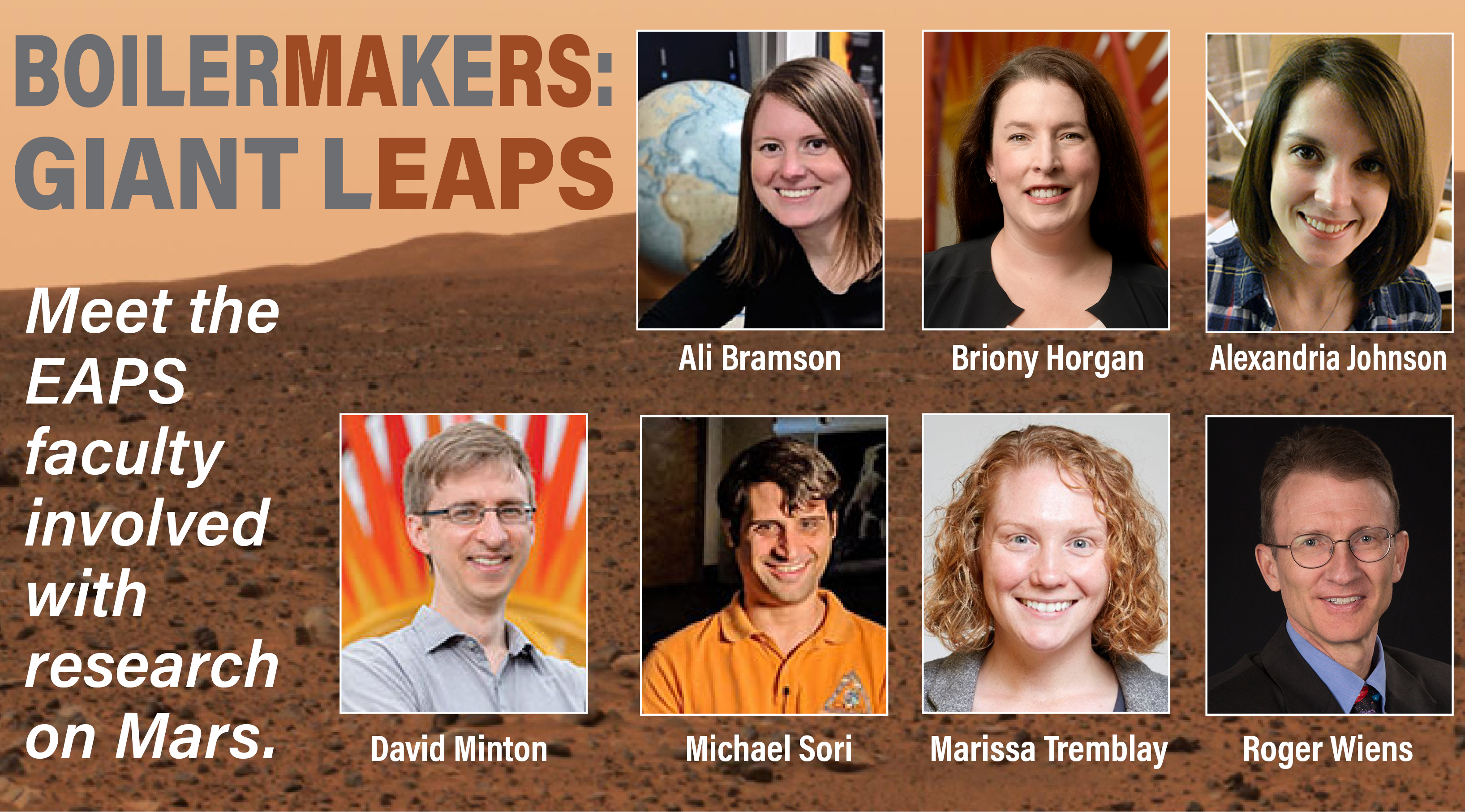
Mars: The Next Giant Leap
Earthlings have always had a fascination with Mars, our neighboring red planet. As research and technology has progressed, space programs around the world have set their sights on sending human beings to Mars. Mankind is far from that goal, but every paper published, every rover landed, and every Martian habitat explored gets humans closer to this exploration. Mars is currently only known to be inhabited by robots, and NASA is in the process of combing the planet's exterior with its next round of robotics: the Perseverance Rover and a companion helicopter, the first of its kind to be flown on Mars. Professors from the Earth, Atmospheric, and Planetary Department (EAPS) of Purdue University have their scientific footprints on everything from the rovers of Mars, the atmosphere, the water, the ice, and even the moons. As humans look to the skies and dream about one day exploring our neighboring planet, researchers at Purdue continue the work that could possibly make it happen.
READ MORE
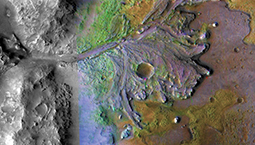
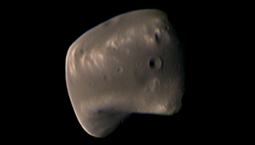
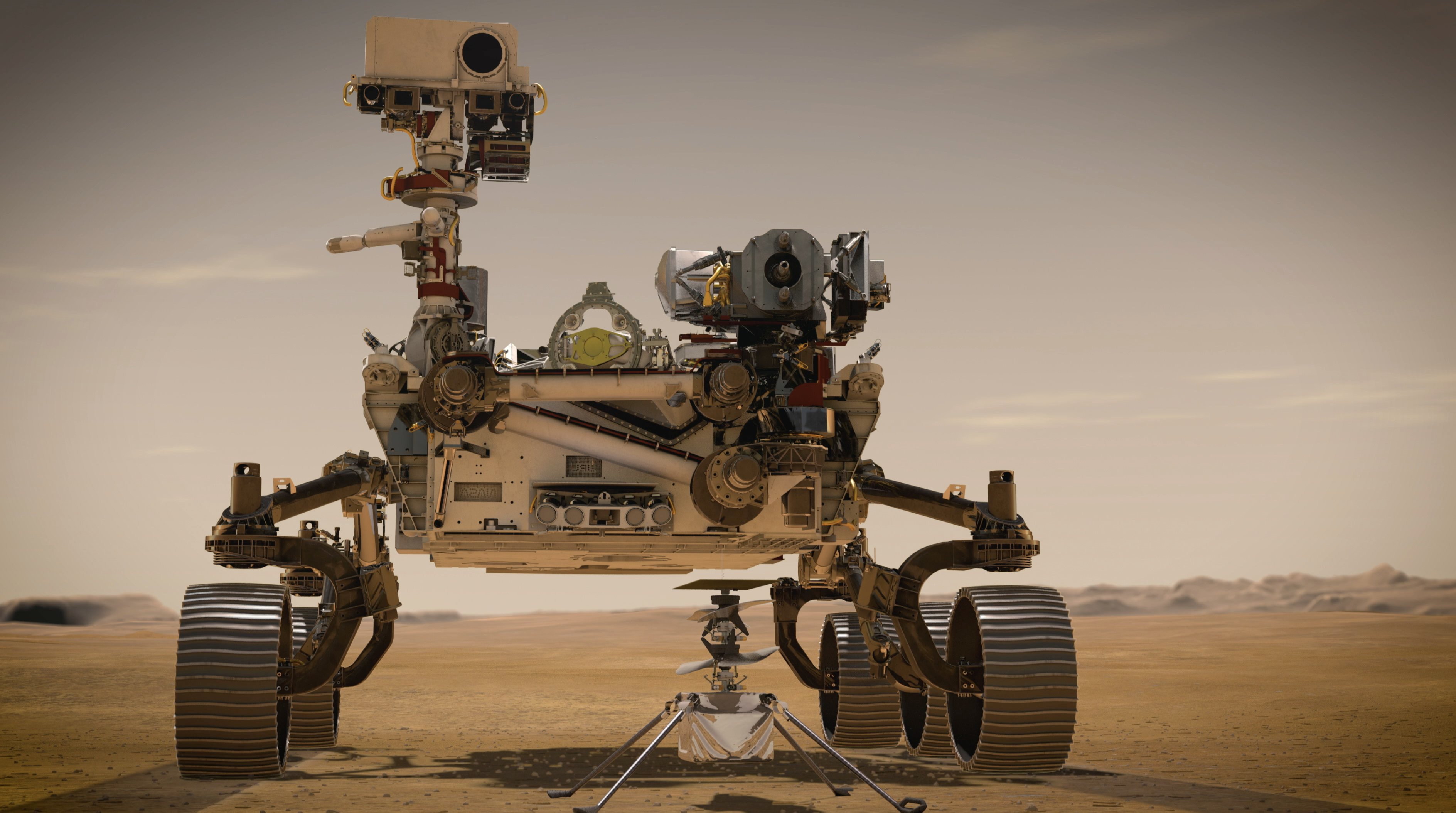
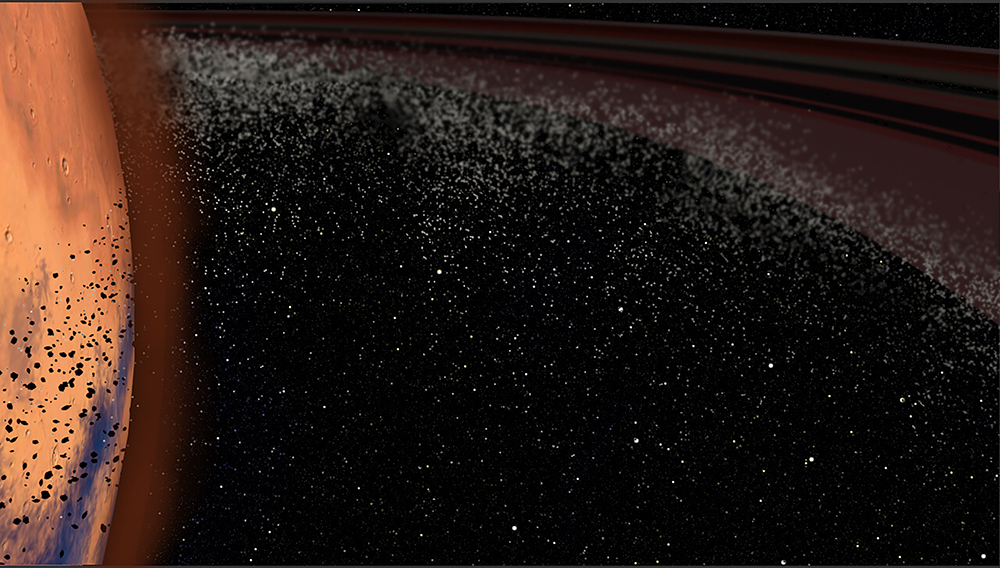
EAPS faculty researching Mars
The Geography of Mars
- Ice and water on Mars, links to human exploration
- Lasers, landscape and lost magnetic fields
- A “fake Mars” on the Purdue campus yields ORAU award for EAPS professor
- Can the ice on Mars be melted?
- Did Mars once have rings?
- Jezero Crater
- The mineralogy of Mars
- Purdue student investigating Mars' Gale Crater
- Geologic record in the icy deposits at the poles holds clues to Mars' past
Exploring the Red Planet
- Mars Perseverance Rover: Are we alone in the universe?
- Purdue professor helps put 'ears' on Mars Perseverance rover
- Planetary scientist helps equip rover Perseverance with 4 of the 5 human senses
- Mastcam-Z - the "eyes" of the Rover Perseverance
- NASA's latest Mission to Mars
- Purdue EAPS Scientists are designing a spacecraft to explore the moons of Mars
- Perseverance: Nasa rover begins key drive to find life on Mars
- What Sounds Captured by NASA’s Perseverance Rover Reveal About Mars
- Turkish lakes may hold key to a successful landing on Mars
- Living on Mars: Purdue team simulates facility mission
- Curiosity Rover team included Purdue student
Outreach
- Superheroes of Science interview with Dr. Marissa Tremblay
- Superheroes of Science interview with Dr. Roger Wiens
- Superheroes of Science interview with Dr. Briony Horgan
- Superheroes of Science interview with Dr. Ali Bramson
- View the planet in real time on the NASA website
- Ali's Planet Adventures
- Out of this world Mars merchandise from the Purdue Team Store